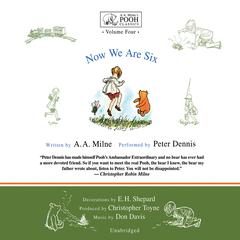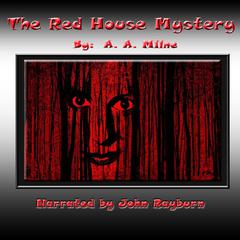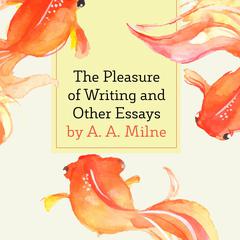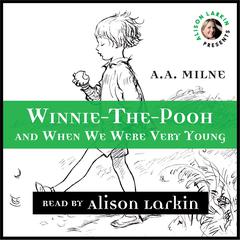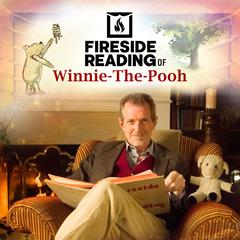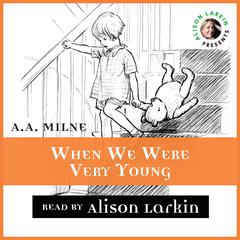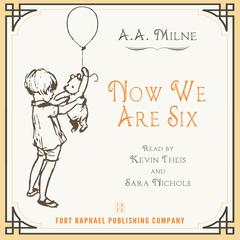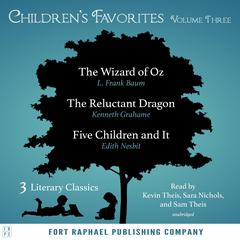 Play Audiobook Sample
Play Audiobook Sample
Children's Favorites - Volume I Audiobook
 Play Audiobook Sample
Play Audiobook Sample
Quick Stats About this Audiobook
Total Audiobook Chapters:
Longest Chapter Length:
Shortest Chapter Length:
Average Chapter Length:
Audiobooks by this Author:
Publisher Description
Presented here are three of the most popular children's books of all time: A.A. Milne's "Winnie-the-Pooh," Ruth Stiles Gannett's "My Father's Dragon" and Hugh Lofting's "The Story of Doctor Dolittle." "Winnie-the-Pooh" tells the story of Christopher Robin and his friends, which includes Winnie-the-Pooh (a Bear of Very Little Brain), sweet-natured Piglet, cantankerous Rabbit and the gloomy Eeyore. An instant hit when it was originally published, Pooh has become a beloved favorite for children all over the world. Then, Ruth Stiles Gannett's classic "My Father's Dragon," which relates the story of a young boy trying to free a dragon who is being held captive on Wild Island and the dangerous creatures he encounters on his journey. And finally, rounding off this animal-filled trio, we have the story of the Man Who Talks to the Animals, Doctor Dolittle himself. This is the first volume of the cherished "Doctor Dolittle" series - which sees the Doctor and his friends travel to Africa and back - and it has been revised for content in this new version. Enjoy ALL THREE of these classic children's novels in ONE VOLUME! This is the first of a limited series.
Download and start listening now!
Children's Favorites - Volume I Listener Reviews
Be the first to write a review about this audiobook!
About the Authors
Alan Alexander Milne (1882–1956) was the son of a Scottish schoolmaster. Milne won a scholarship to Westminster School and later read mathematics at Cambridge. His real interest was in lighthearted writing; he edited the undergraduate magazine Granta and at twenty-four he became assistant editor of Punch. After serving as a signals officer in World War I he won additional acclaim as a playwright. His great success, however, came as a writer of children’s literature after publishing a series of verses about his young son Christopher Robin (When We Were Very Young and Now We Are Six). Following the acclaim received for the Winnie-the-Pooh books, Milne published several novels as well as an autobiography, It’s Too Late Now (1939).
Hugh John Lofting (1886–1947), born in Berkshire and educated at a Jesuit boarding-school in Derbyshire, trained first as an architect and later as a civil engineer. His children’s stories originated in the illustrated letters he sent to his family from the front in World War I. The Story of Dr. Doolittle, the first of his series, appeared in 1920 and won instant success.
From 1922 to 1928 he wrote one Dr. Dolittle book a year, and these seven are considered the best of the series. The Voyages of Dr. Dolittle (1922) won the Newbery Medal as the best children’s book of the year. Wearying of his hero, Lofting tried to get rid of him by sending him to the moon (Dr. Dolittle in the Moon, 1928), but popular demand compelled him to write Dr. Dolittle’s Return in 1933. The last book of the series was published posthumously.
Ruth Stiles Gannett wrote My Father’s Dragon just a few years after her graduation from Vassar College in 1944. It was an immediate success, becoming a Newbery Honor Book, and was soon followed by two sequels, Elmer and the Dragon and The Dragons of Blueland. All three dragon stories have been continuously in print since their publication. The author’s other books include Katie and the Sad Noise and The Wonderful House-Boat-Train. She was married to the artist and calligrapher Peter Kahn and had seven daughters.








